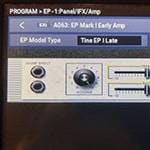Hello, Conservario here.
What kind of pick do you use? A teardrop shape? A triangle? Or, perhaps a small and thick pick for fast playing? Of course, you can use whichever pick you please, but have you ever practiced using different picks for different techniques? The truth is, by using different picks for different techniques, you can improve your skills. This is a somewhat niche topic, but I hope you'll read on.
To cut to the chase: “The shape should be teardrop, and for lead and strumming, use different picks.”
This is the most recommended method. It’s not just my personal opinion, but it’s also the most said advice from top-level guitarists and teachers from music colleges and conservatories. Let me explain in detail.
There are various pick shapes, but the teardrop shape is the best suited for the guitar. Triangle-shaped picks (the ones shaped like an onigiri) are too large. Many beginners use them because they feel they are easy to hold and play, but it’s actually better to get used to teardrop picks from the beginning. Due to the nature of a triangle pick with its three tips, the triangle picks cause the angle of the points to be too shallow or too wide when making contact with the strings, making it easy to hit the strings deeply and leading to slower picking.
If you only want to strum chords, continue using the triangle pick. However, if you want to play rock riffs, guitar solos, or try dampening techniques, it’s better to get accustomed to using the teardrop pick.
Small, thick picks designed for fast playing are also not highly recommended. These picks can only be used effectively for fast picking. I used to use one myself, but I couldn’t even play simple strokes well, so I stopped using it. Of course, there are players who can handle any pick with great skill, like Eric Johnson, but these musicians have experimented with various picks across multiple genres and ended up choosing their preferred pick. If you try to imitate them by playing with their choice of pick from the beginning, you may develop bad playing habits, so be careful.
I believe I’ve made it clear that I recommend the teardrop shape. So, why should you use different picks for lead and dampening?
The reason is that cutting requires a different playing technique compared to lead playing. While there are various forms, when playing lead, it's common to rest your pinky or ring finger on the guitar body for stability.
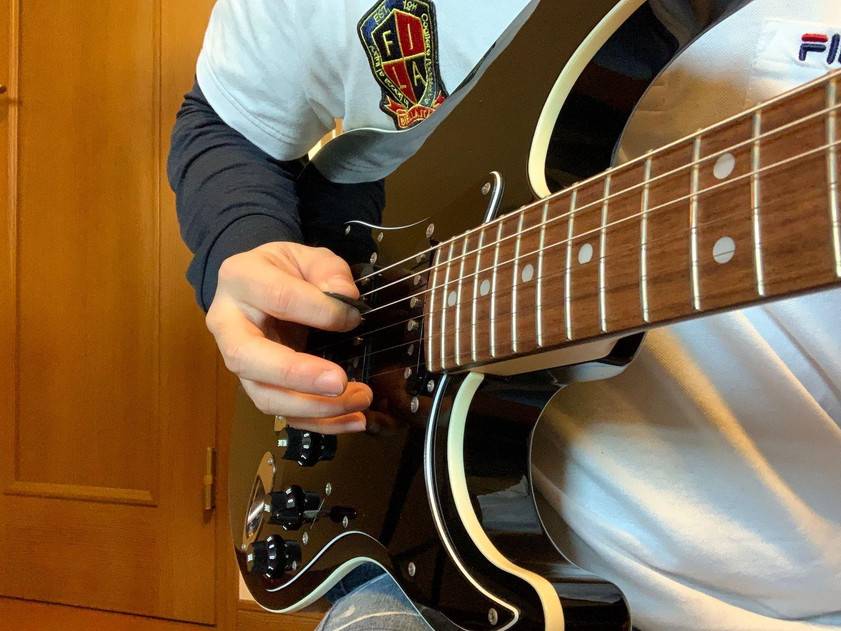
Of course, some players avoid touching the body with their fingers, but I think it’s better to do so for stability. This form allows your right hand to remain steady, and it’s also easier to mute the sound from the higher strings. Lead playing is fine with this form, but dampening is different.
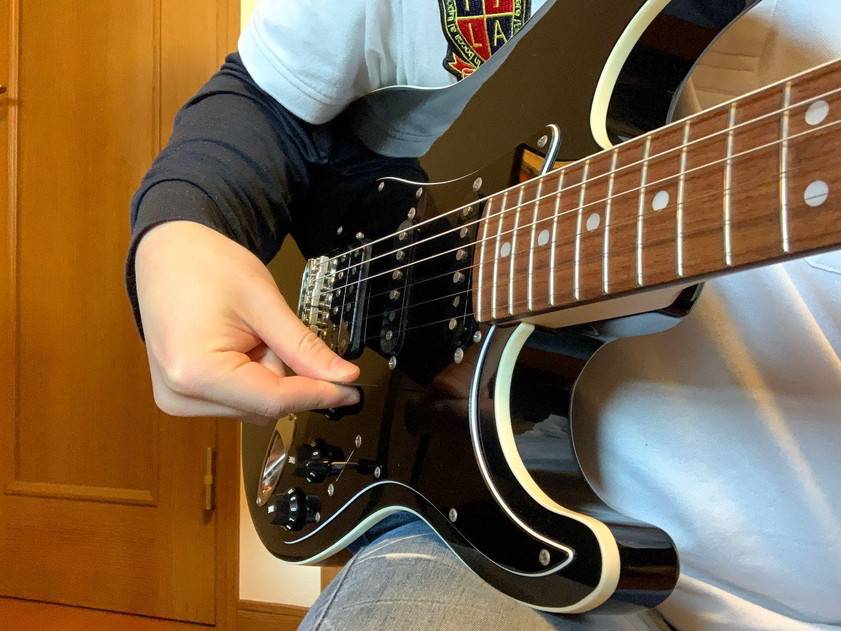
For dampening or muting, you need to make large, fast strokes with your wrist without resting your fingers on the body. If you hold the pick too tightly, or use a pick that’s too stiff, the sound will be too harsh and the strings may break more easily. This is why you use different picks for lead and dampening. Although it’s possible to use the same pick for both, it’s better to use different picks for better sound, form, and performance.
There are exceptions, but songs that alternate between fast lead playing and cutting aren’t very common (though I may be unaware of some). So, what if a song has both lead and dampening parts? In this case, you either switch picks or use the lead pick for dampening. This is the method I used myself, my mentors, and others. Of course, you can also use a cutting pick for lead playing, but be careful not to develop bad habits in your playing.
■ To summarize
In this column, I talked about how to choose a pick for different playing techniques. Major artists may not need to think about their pick choices because their staff will provide them with whatever they need, but for those of us who are not in that situation, it's important to consider which pick to use and when.
The method and information I’ve shared here is my personal opinion. It’s not necessarily the “correct” method recognized by musicians worldwide. Depending on the direction you want to pursue, the opposite opinion might be correct as well. There’s no one right answer in music, which is why it’s so free and enjoyable. But for those who aren’t sure which direction to take, I hope my advice is helpful.
If you discover your own favorite pick or a new technique for using them, please let me know! I’m still experimenting myself. Let's keep practicing and improving together.
Thank you for reading until the end.
The "sound & person" column is made possible by submissions from readers. For more details on submissions, click here.
The “sound & person” column is made up of contributions from you.
For details about contributing, click here.






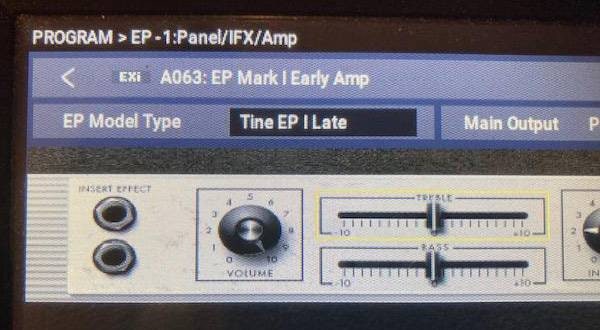




![[Guitar Guide] Tips for Barre Chords](/contents/uploads/thumbs/5/2022/3/20220317_5_17109_1.jpg)


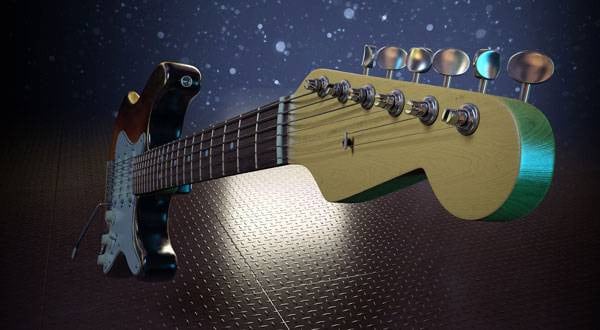
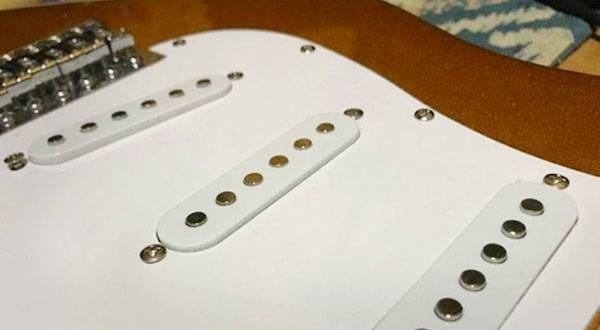
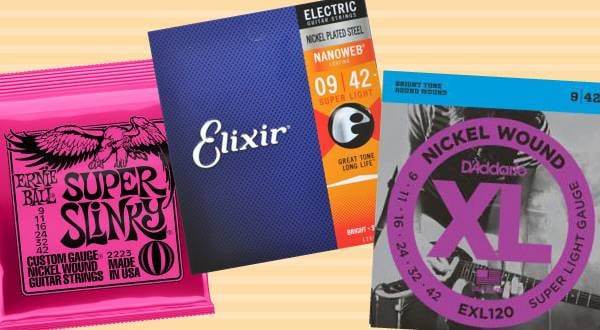
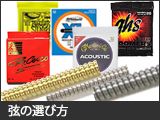 エレキギター弦の選び方
エレキギター弦の選び方
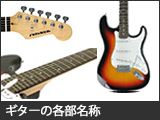 ギターの各部名称
ギターの各部名称
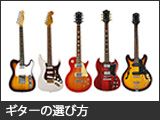 ギターの選び方
ギターの選び方
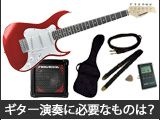 ギター演奏に必要なものは?
ギター演奏に必要なものは?
 ギタースタートガイド
ギタースタートガイド
 めちゃラク!ギター講座
めちゃラク!ギター講座
